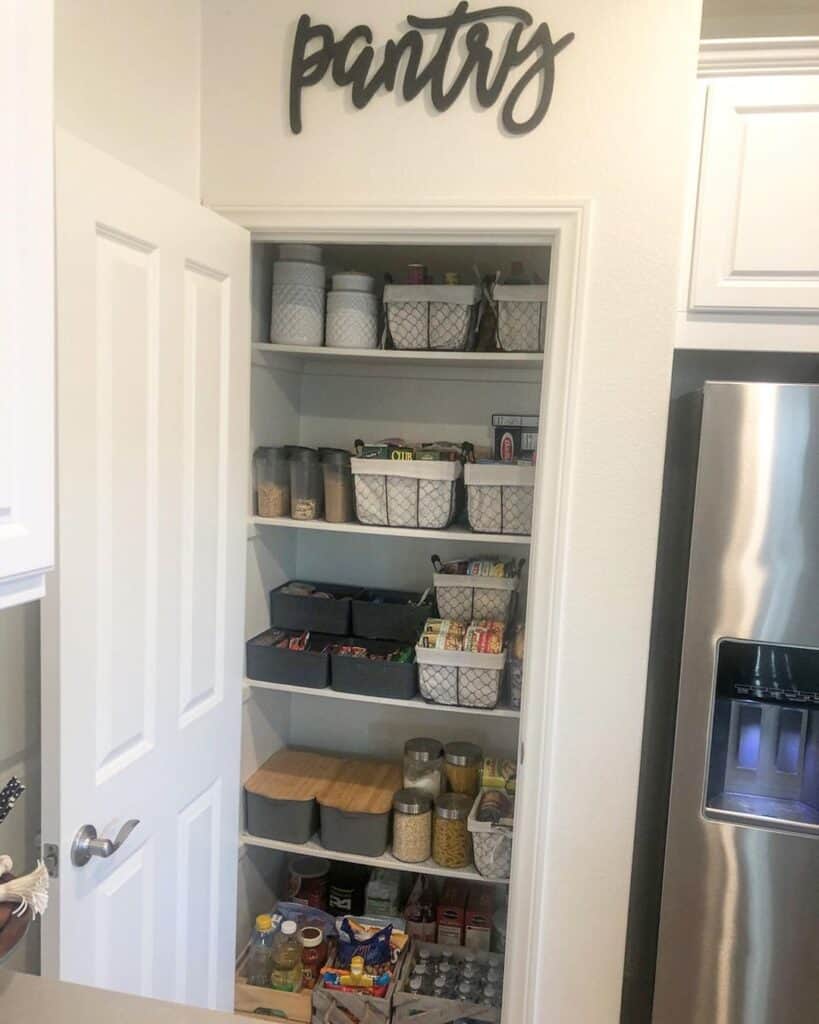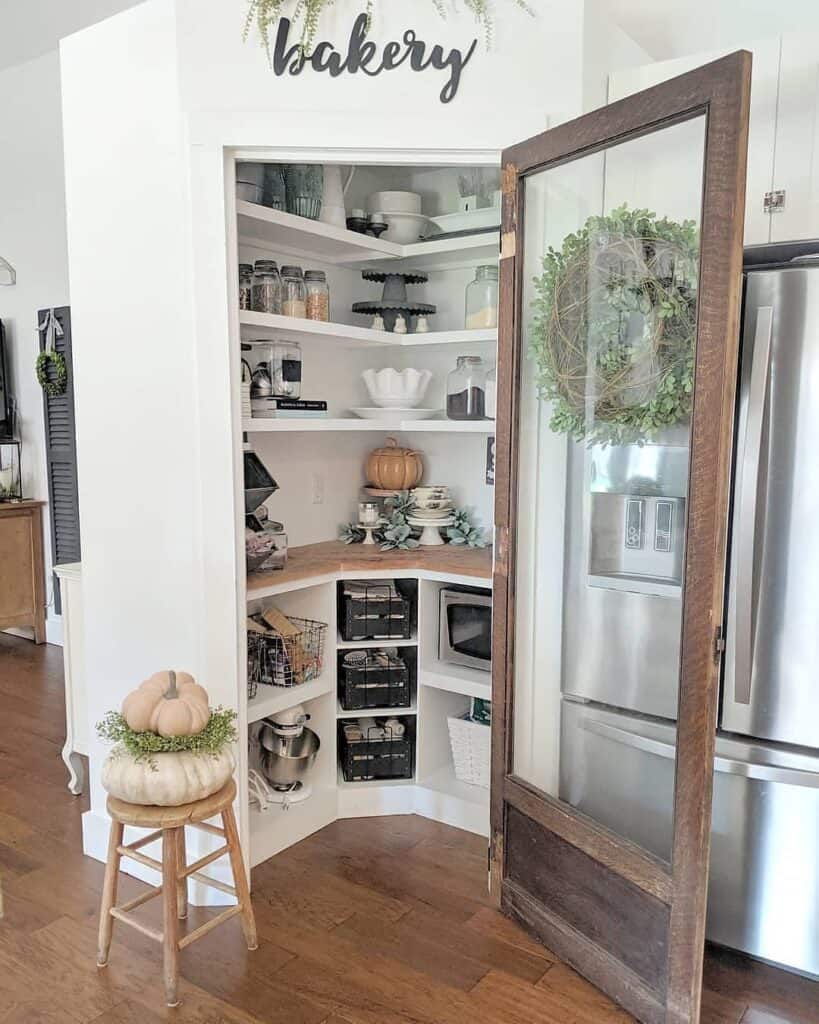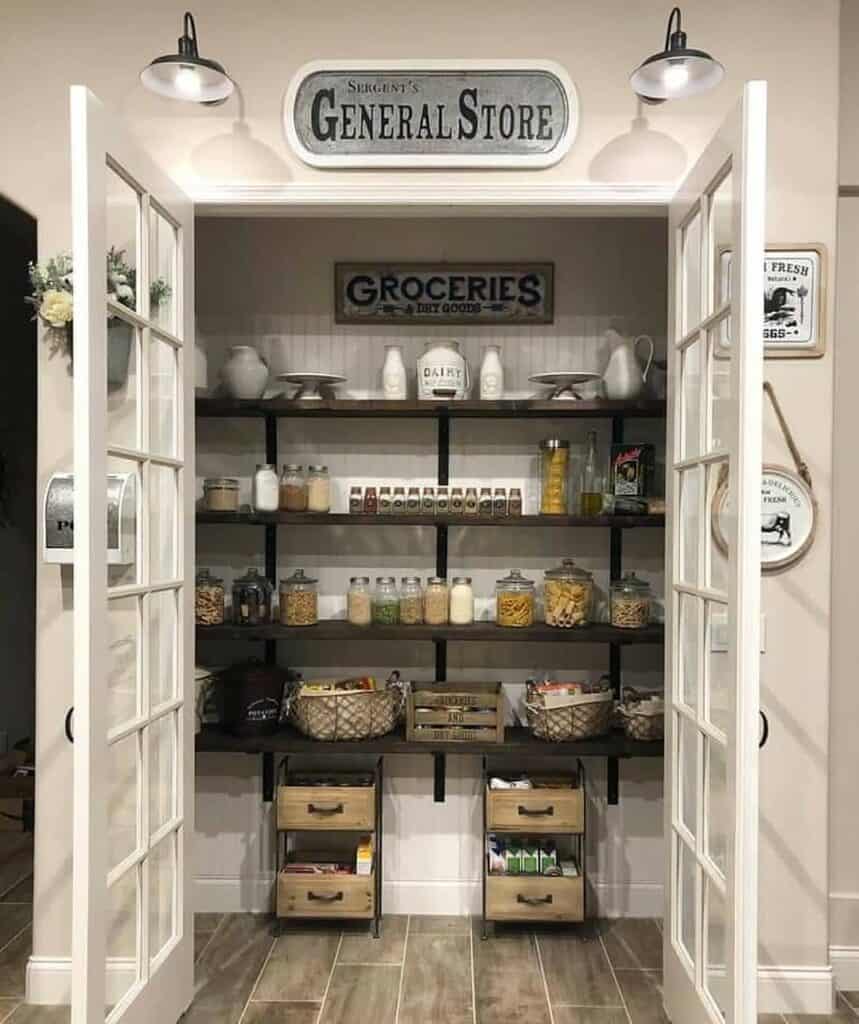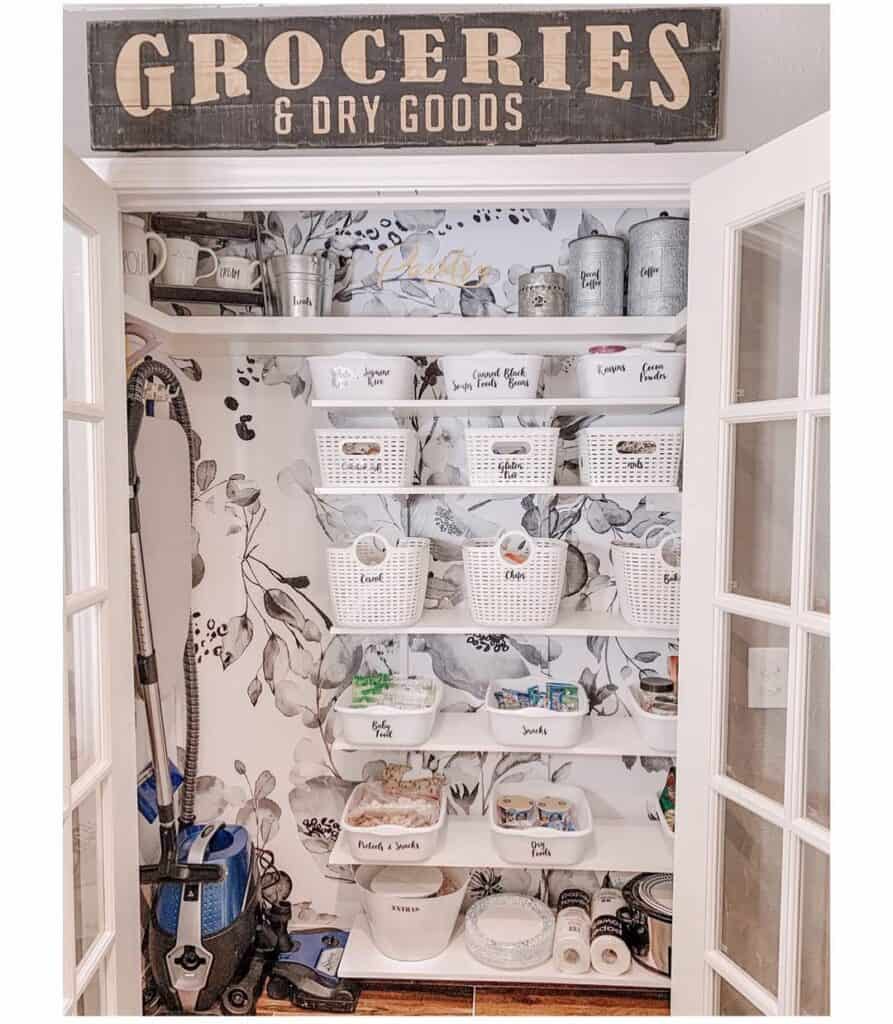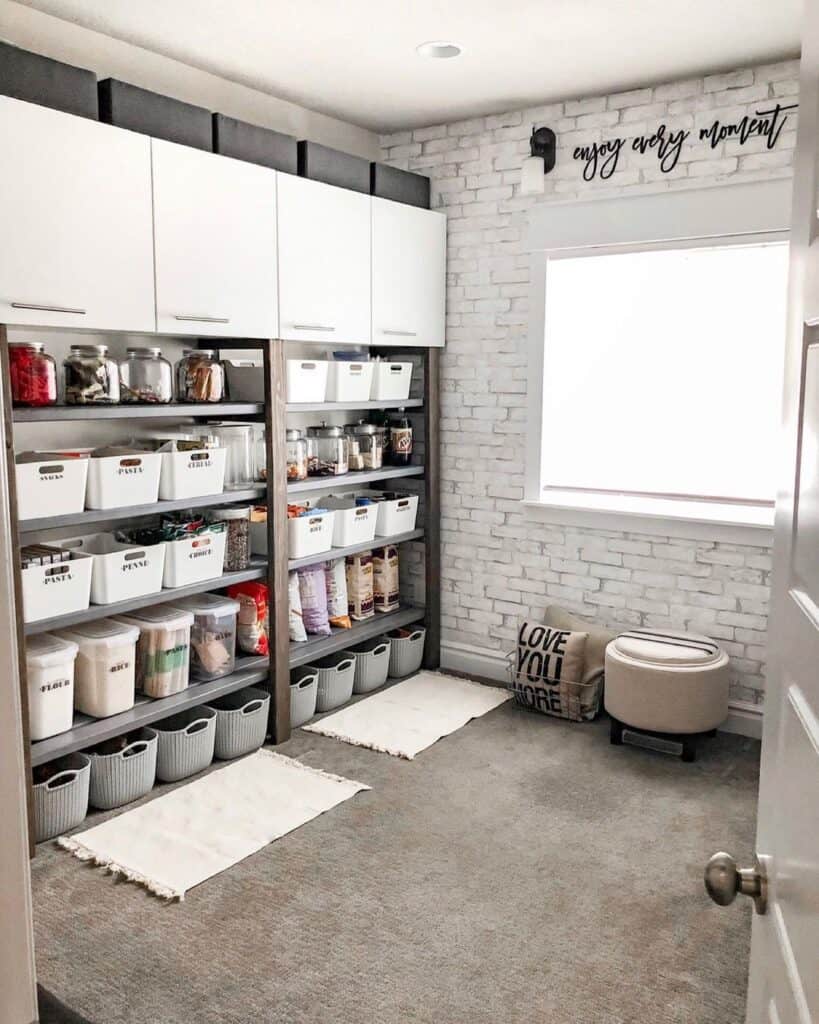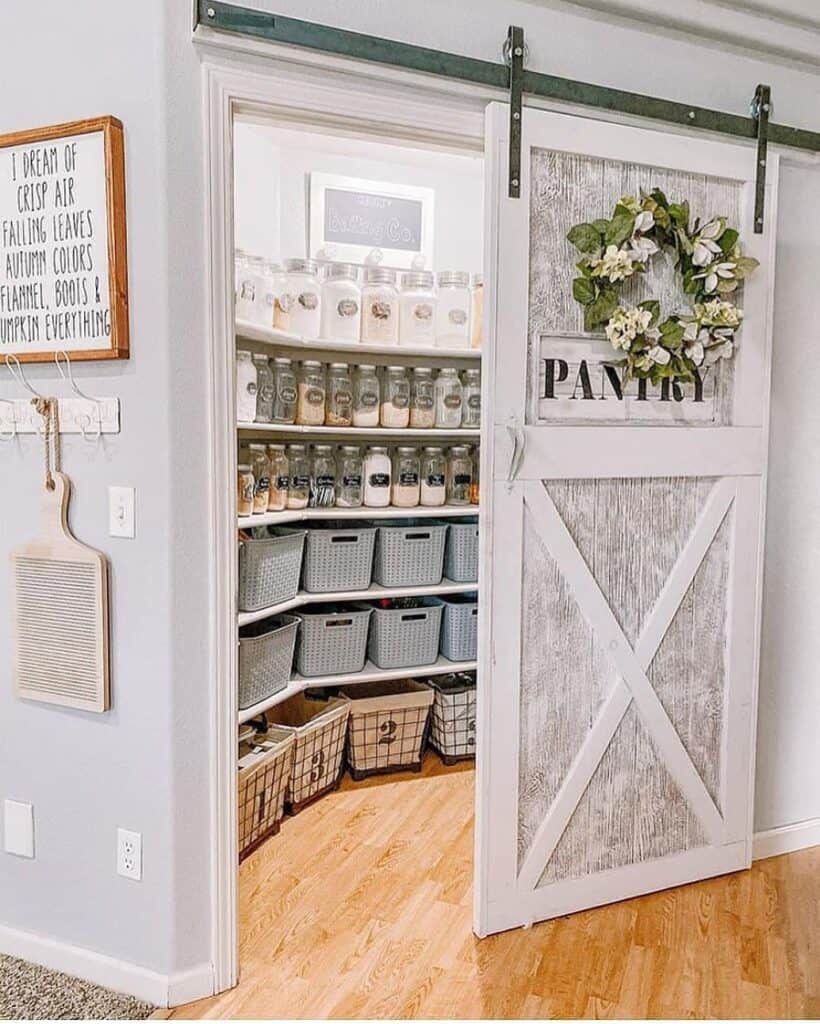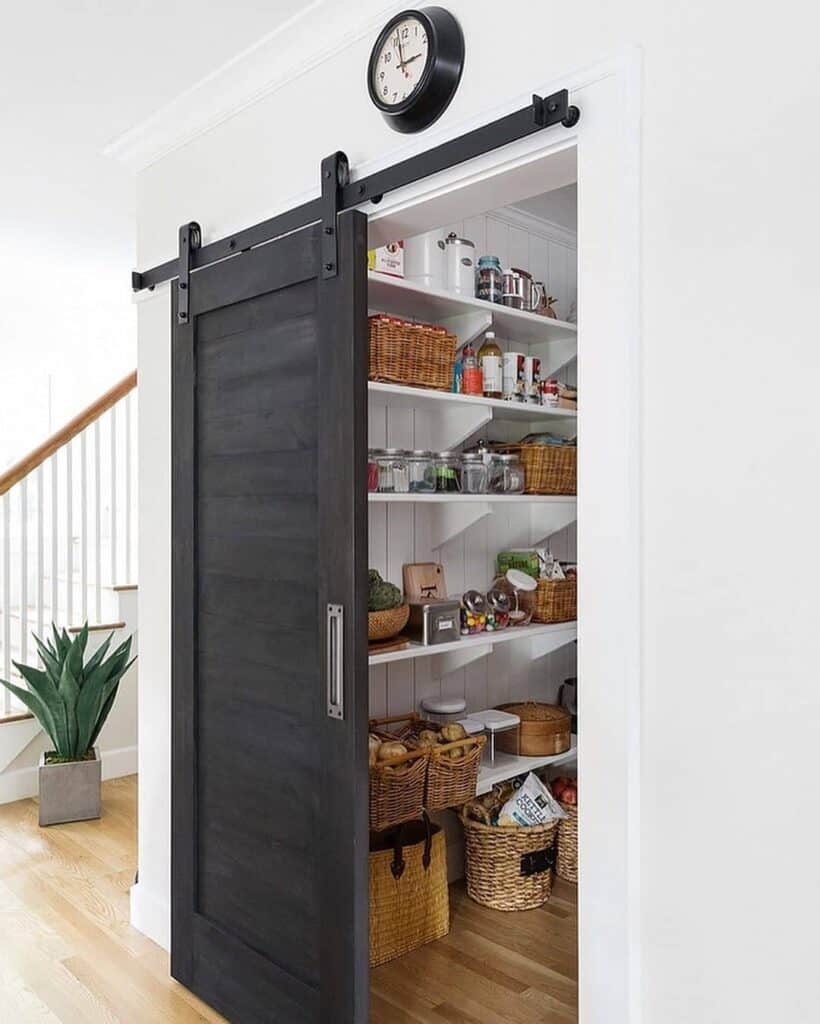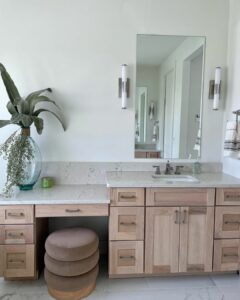
23 Lavish Ideas for a Bathroom Mirror With Sconces on Each Side
Bathroom mirrors with sconces on each side are popular for good reason. Instead of dull overhead vanity lights that lack character, homeowners everywhere opt for a more personalized choice in vanity lights that hang to the sides of their mirrors. The opportunity for customization is next to none in terms of what kind of aesthetic you can accomplish because of the variety in color, shape, and size.
In addition to the actual selection process of sconces, you’ll examine within these impeccable bathrooms that there are numerous ways to position sconces. Whether you prefer three lights between two mirrors or symmetrical lighting on the sides of double mirrors, there are numerous details to consider. Of course, with electrical wiring being a major component of this process, you’ll want to select a layout that seems feasible for your particular bath with its own cabinet and mirror design. Come and see just what lavish lighting we have in store for you!


